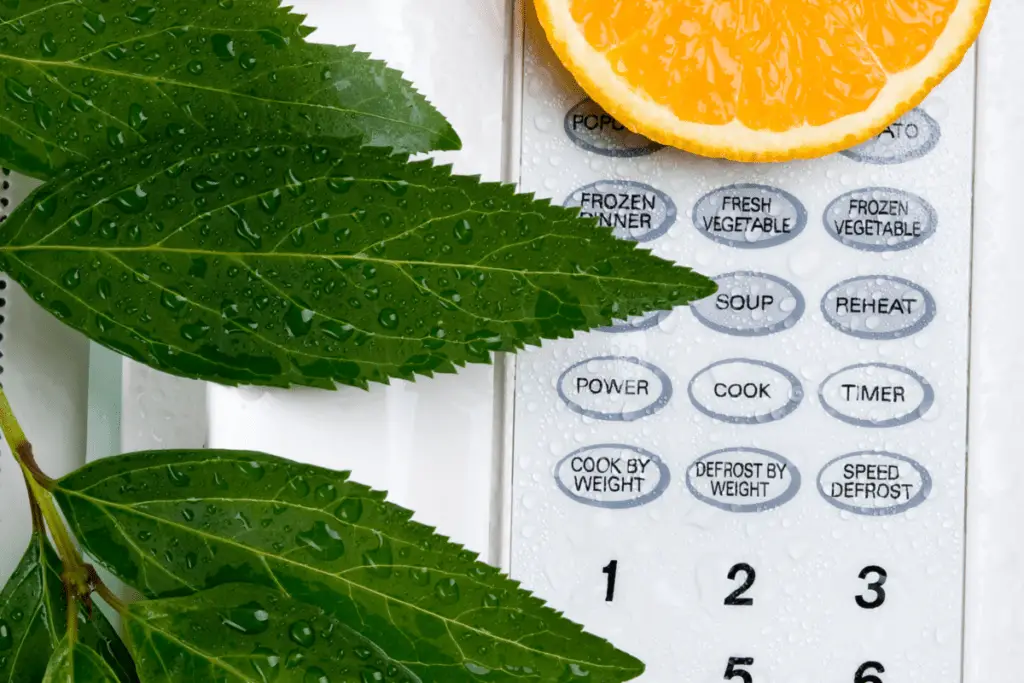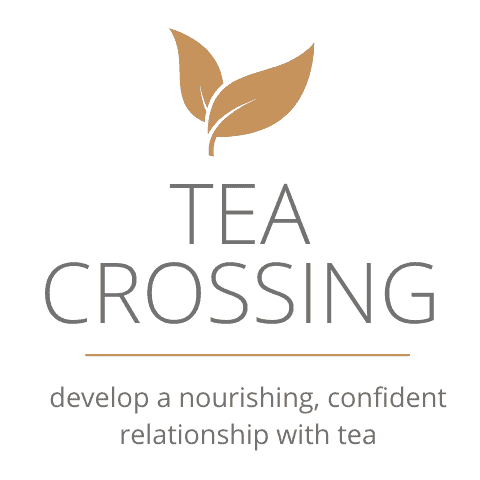The debate around loose tea, tea leaves, and whether microwaving is acceptable will continue…forever. More importantly, we will each form our own opinions. For many people on the go, a nice cup of tea is an important way to start their morning and microwaving offers a convenient option. However, not all teacups are safe to use. To avoid a harmful result, it’s essential to consider which materials are safe to heat up in the microwave.
Some teacups are microwave safe. However, others are made from materials that can be hazardous to one’s health when heated in a microwave. Glass, porcelain, new bone china, and stoneware cups are safe. Metal, cracked glass, painted bone china, some glazed ceramics, among others, are not safe to microwave.
It is also important to be wary even of “microwave safe” labels. The requirements behind the label serve only as an indicator that the teacup itself can be heated without taking on any damage, not that any resulting chemical interactions are safe for you.
Specifically, a “microwave safe” label, however, does not tell you if the teacup is nontoxic when heated.
This article will detail which teacups are best for your microwave, and which teacups are best used for non-microwave use.
Which Teacups Are Microwave-Safe?
When searching for a safe teacup for the microwave, it is important for your cup of choice to be both chemically free, and chemically inert.
If your teacup is labeled ‘BPA (bisphenol A) free,’ it’s usually a good bet that you have a microwave-safe teacup.

Here is a list of teacup materials that should generally be microwave-safe:
- Glass: Glass, as long as it is made properly and kept in good condition, is ideal for teacups. It is both very heat resistant, and chemically neutral, so as long as it isn’t especially fragile, mixed with lead or cadmium, or lined with metal, it is considered to be safe.
- Porcelain: Porcelain is a type of ceramic that has been used for centuries in many cultures throughout the world. When seeking out ideal porcelain, it is important to make sure that it is both non-porous, and with a vitrified glaze. These two qualities will ensure that your teacup is chemically non-reactive. Additionally, it is also important to be wary of dark glazes. While they are chemically neutral, dark glazes do tend to have more metals, such as manganese, which make them heat more quickly than lighter glazes.
- Bone China: Bone china is similar to porcelain, except that it is made primarily from bone ash mixed with clay. It is among the strongest and most durable kind of teacup that you can own, and its smooth surfaces will repel the tannins in the tea from sticking to the side of the cup when heated.
- Stoneware: Stoneware tends to be more durable than both porcelain and bone china, since its clay is conditioned at a higher temperature and contains vitrified glass. It is very robust and chemically neutral, and it is safe for not only the microwave, but also the dishwasher, oven, and freezer.

Which Teacups are NOT Microwave Safe?
While our microwaves have become somewhat of an every-day convenience, they are not safe for every type of container, including teacups.
Teacups that aren’t considered to be microwave-safe tend to boil down to a few, key factors:
- They are chemically volatile
- They conduct electricity
- They heat up too quickly
- They are structurally compromised from damage and misuse.

Here are the types of teacups that are not safe to heat in a microwave:
- Melamine. Melamine is a chemical compound combined with formaldehyde to make a hard plastic. It is typically used in non-disposable dinnerware. The main danger here is that formaldehyde poses a risk for cancer, so heating it up in the microwave can be potentially unsafe. There are also concerns about this kind of dinnerware being carcinogenic, but according to the World Health Organization, there doesn’t seem to be a serious risk, based on recent studies.
- Teacups with metal pieces. While metal doesn’t typically pose a toxic hazard here, microwaving any dinnerware with metal pieces, especially long, thin bits of metal, or metal coils, the microwave can overheat and catch fire.
- Old world, painted porcelain and bone china. While the porcelain and bone china themselves are well made, many traditional kinds of dinnerware contain lead in the paint, which can chemically activate when heated in the microwave.
- Pre-1960s, western ceramics. These types of ceramics have been known to have glazes which give off radiation, and heat up much more than other kinds of dishes. Like traditional, painted porcelain and bone china, there may also be a risk for lead, arsenic, and other heavy metal consumption.
- Glass with air bubbles or cracks. While smooth, well-made glass can be safe for the microwave, it is best to avoid any and all glass teacups that have deformities or damage of any kind. A glass teacup that has air bubbles or cracks in its design has great potential to shatter, both inside and outside of the microwave.
Is the ‘Microwave Safe’ Label on Your Teacup Accurate?
A teacup that is labeled ‘microwave safe’ is not always guaranteed to be as safe as you might think.
Typically, what the microwave safe label is referring to is that the dinnerware itself won’t be damaged when subjected to heat. This doesn’t take into account chemical exposure, damage, misuse, or the possibility that your teacup has heated too much, and too quickly.
With glass, it is much simpler to understand if it is microwave safe and generally does not carry a label saying so. As long as your glassware has not sustained any damage, has not been improperly used, is not mixed with lead or cadmium, or lined with metal, then it is safe for your microwave.
“Whatever heating choice you make, ensuring that you are using safe practices will keep your tea journey happy and healthy.”
TEA CROSSING
The Best Way to Avoid Excessively Heating the Teacup
More often than not, it seems like the teacup is hotter than the liquid it contains. While this problem cannot be totally avoided, there are ways to beat the heat.

Here are some tips for using specific types of microwave-safe teacups:
Tip #1: Glass Teacups
Glass teacups are able to withstand a great amount of heat as long as they are in good shape. But even a glass teacup with zero blemishes and perfect structure will still heat up and burn your hands if you aren’t careful. Your best option would be to invest in double-walled, glass teacups.
Tips #2: Porcelain and Bone China
Porcelain and bone china, while generally well made and durable, can eventually succumb to the high heat of the microwave, both potentially burning your hands, and leaving you without functional teacups. In order to extend their life and to avoid excessive heat, it is generally a good rule of thumb to use cups with thick, light-colored glazes.
Tip #3: Stoneware
The same is generally true of stoneware, and all safe kinds of teacups. Darker glazes will heat faster and more excessively than teacups that are colored with a lighter glaze. Especially with the darker glazes, you want to make sure that the manufacturer has properly matured (melted) the glaze, and has high silica and alumina content.
Teacup Safety Standards
Many kinds of teacups and other types of dinnerware that are handmade or manufactured today follow strict safety standards in order to maximize quality and safety for everyday use.
More often than not, the kinds of teacups that you might find at a retailer, or those that you find from specialty venders will not contain harmful chemicals like lead and cadmium, as these are now typically banned by the FDA, the CDC, the World Health Organization, and prospectively by the United Nations.
Ultimately, it is always best to inspect the quality of your glass, porcelain, bone china, and stoneware before use, even if you are sure there is nothing wrong with it.
While the debate as to whether any type of tea or teacup should ever even come near a microwave continues, it has become a matter of convenience for some people.
Whatever heating choice you make, ensuring that you are using safe practices will keep your tea journey happy and healthy.

